The Importance of Community in Marketing
Exclusive Interview with Mark Schaefer
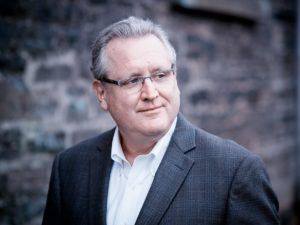 Conventional marketing wisdom says that communities are a great way to connect with your target audience in an engaging and meaningful way. Typical justifications for building communities include:
Conventional marketing wisdom says that communities are a great way to connect with your target audience in an engaging and meaningful way. Typical justifications for building communities include:
- Creating an opportunity for your brand to stand out from the competition
- Providing a platform for customers to interact and collaborate with you and each other
- Monitoring and responding to customer feedback quickly
- Helping build trust and loyalty with your customers
- Driving organic growth and engagement
But successful communities go beyond company-outwards branding and instead create customer-inwards bonding.
I had the opportunity recently to interview Mark Schaefer, a globally-acclaimed author, keynote speaker, and marketing consultant. He is a faculty member of Rutgers University and one of the top business bloggers and podcasters in the world. Mark is the executive director of Schaefer Marketing Solutions, Chief Executive Officer of B Squared Media and on the advisory board of several startups. He has been a contributor to Harvard Business Review and Entrepreneur magazine.
His latest book is Belonging to the Brand: Why Community is the Last Great Marketing Strategy and explores how companies can make more effective use of communities in their marketing activities.
Below is the text of my interview with Mark and a preview of the kinds of insights you’ll find in Belonging to the Brand presented in a Q&A format:
1. Marketers are trained to reach the right audience with the right message to be successful. How is community different from audience?
From a brand marketing perspective, an audience — a group who opts-in to your content — is very important because they’ve allowed themselves to be connected to your message. However, an even more powerful opportunity exists if you can turn that audience into a community.
There are three distinguishing features of a community:
- There is communion. People know each other. They may become friends, collaborate, and help each other. This is important because that emotional benefit transfers to the brand!
- Purpose. People need a reason to gather. They want to grow something, change something, build something. How does this purpose intersect with the purpose of the brand? That’s when the magic starts to happen.
- Adaptability. The priorities of a community will change over time as the world changes. A community cannot be rigid in its structure or it will become irrelevant.
2. Why should marketers invest in learning how to build and connect with communities?
I have been in marketing nearly four decades and I can say with some authority that our job is harder than ever! Many traditional channels just don’t work any more. We are in a streaming media society now and most people sim0lt block us out.
Community provides a new way to connect in a meaningful way with customers. In fact, it might be the only type of marketing people won’t block. It’s the only kind of marketing people actually need because community is essential to our psychological health, especially now.
So, I think it makes sense for businesses to at least consider community since that may have no other choice.
3. Why do people join communities?
Psychological studies show that community is not just a nice-to-have. It is essential for our social well-being. Studies show that we are even physically better off when we have meaningful relationships in a community. So this is a deep-seated need in us from the beginning of time and it will always be there.
4. How can we be more connected than ever before, but also more alone?
I think social media gives us the impression that we are just a click away from a relationship but we’re not. Much of this time online is empty social calories. There is definitely a positive role social media can play in connecting people and building relationships, but it is also a powerful source of disconnection, depression, and isolation. Much of this problem was amplified by the pandemic, but the global mental health crisis has really been creeping up on us since the 1960s.
5. Are there secrets to intentionally building a community?
 My book provides a framework for building a community. Some of the essential steps include:
My book provides a framework for building a community. Some of the essential steps include:
- Assessing the culture — Community is a business strategy, not just a marketing strategy. Is the organization behind the idea?
- Establishing purpose — is there a meaningful reason to gather?
- Building a tribe — Where are the important early members?
- Leadership — Nurturing a community is much different than what we are accustomed to in a traditional marketing role.
- Building — Building a community is constant hard work
- Measurement — This is difficult in a community but my book provides a path forward
6. What should marketers be most careful of when using community as a marketing strategy?
Most communities fail because they are designed to sell stuff! Obviously, we do need to sell stuff, but that’s not a reason to gather. If you provide great value to your customers, they will naturally be attracted to your products and services.
7. Should everyone be equal for a community to be successful?
I’m not sure if people are ever equal in every way. We all have our own unique talents. In a community, leaders will naturally emerge. A big part of community management is recognizing emerging leaders and bestowing them with status.
8. Where should companies build a community?
There is no cookie-cutter answer to that. But it helps if the community is part of a person’s natural daily organic experience. For example, if your customers like Facebook and visit there every day, it would be easy for them to find your community there. Try not to build your community in a place that requires new skills or an extra click.
9. Who in the marketing department should own community strategy?
I’m not sure that is important as long as it IS the marketing department. It’s unbelievable to me that 70% of existing brand communities do NOT report to marketing. This is frankly hard to understand. A community is the front line of your business — the most important customer connection. How can that no be part of marketing?
10. What does community success look like?
In the long term, there has to be a financial benefit, but in the short-term, engagement is probably the most important metric. For example, Sephora is a global cosmetics retailer with hundreds of brick-and-mortar locations. However, 80 percent of their revenue comes from their online community.
Their most important metric? Engagement. If people are talking about the company’s content and activities, it is a sign that are staying relevant and moving in a way that will lead to more brand advocacy and sales.
In the context of social media, I’m not a big fan of engagement as a metric, but in community, it is probably the most important leading indicator of financial success.
Conclusion
Thank you for the great conversation Mark!
I hope everyone has enjoyed this peek into the mind of the man behind the inspiring new title Belonging to the Brand!
Image credits: BusinessesGrow.com (Mark W Schaefer)
 Sign up here to join 17,000+ leaders getting Human-Centered Change & Innovation Weekly delivered to their inbox every week.
Sign up here to join 17,000+ leaders getting Human-Centered Change & Innovation Weekly delivered to their inbox every week.

![]() Sign up here to join 17,000+ leaders getting Human-Centered Change & Innovation Weekly delivered to their inbox every week.
Sign up here to join 17,000+ leaders getting Human-Centered Change & Innovation Weekly delivered to their inbox every week.
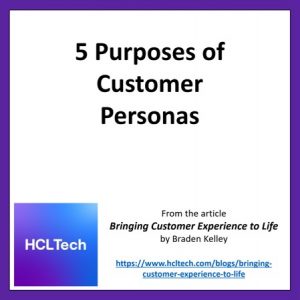
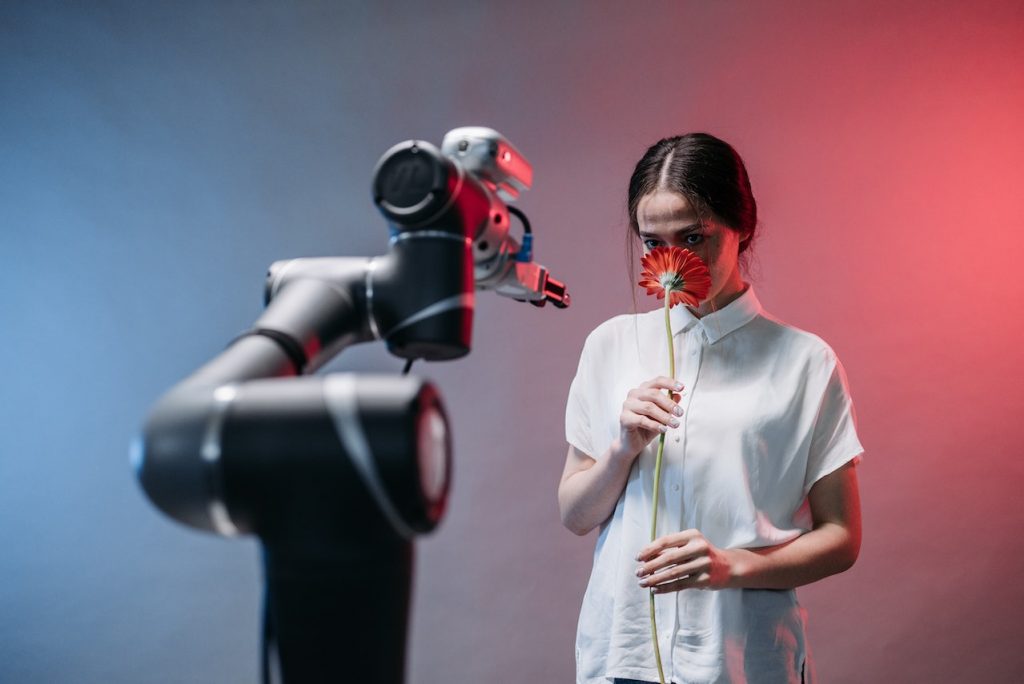




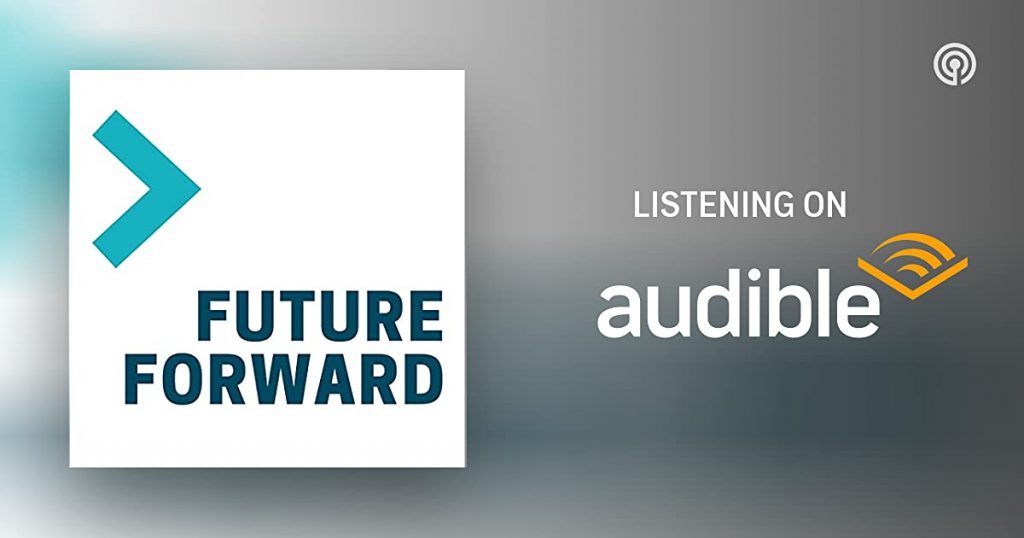
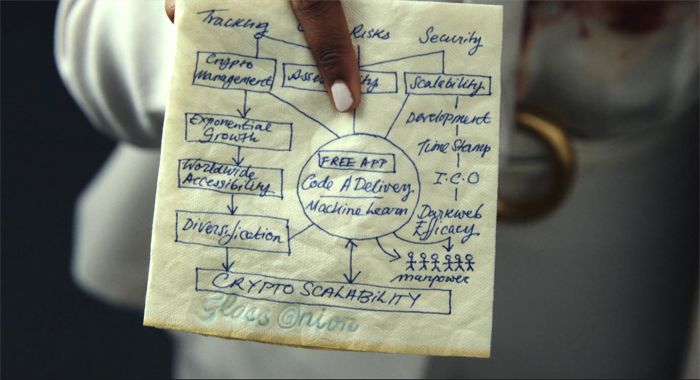


 Conventional marketing wisdom says that communities are a great way to connect with your target audience in an engaging and meaningful way. Typical justifications for building communities include:
Conventional marketing wisdom says that communities are a great way to connect with your target audience in an engaging and meaningful way. Typical justifications for building communities include: